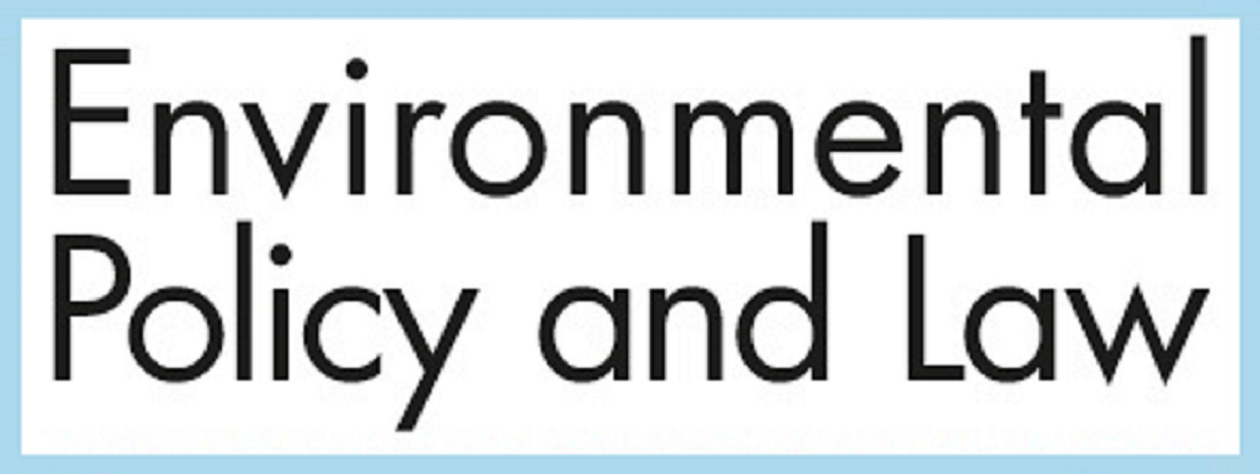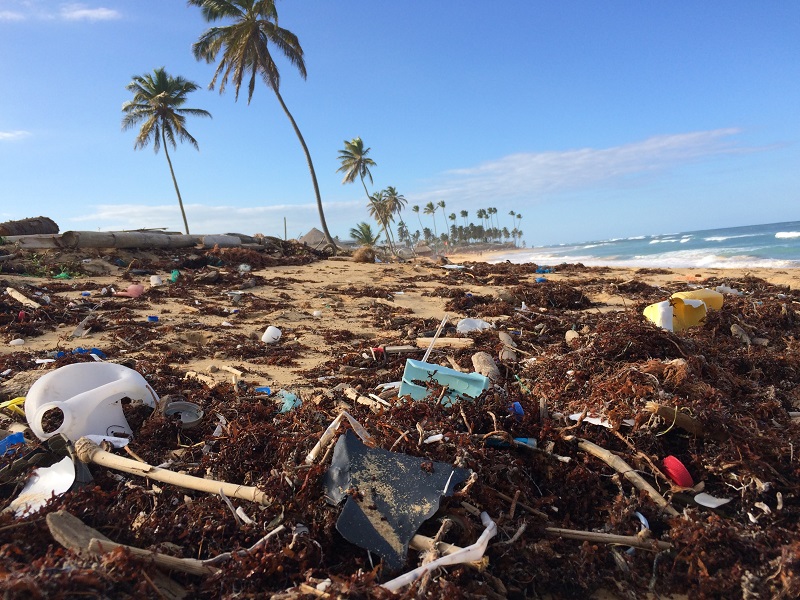Plastics Pollution: A New Common Concern of Humankind?
Balraj K. Sidhui1 and Bharat H. Desai*,2
1 School of Intellectual Property Law, Indian Institute of Technology, Kharagpur, India
2 School of International Studies at Jawaharlal Nehru University, New Delh, India
*Corresponding author: desai@jnu.ac.in
EPL, Vol.48, Iss.5, pp. 252-255, 2018

